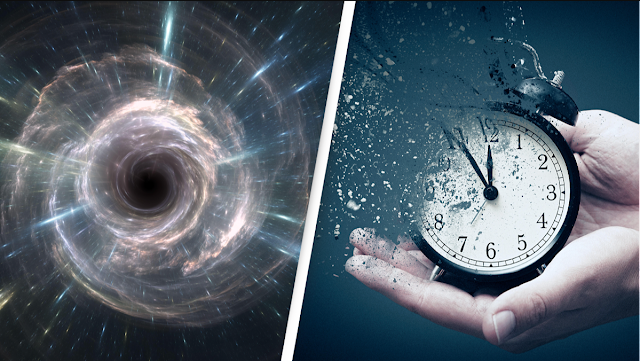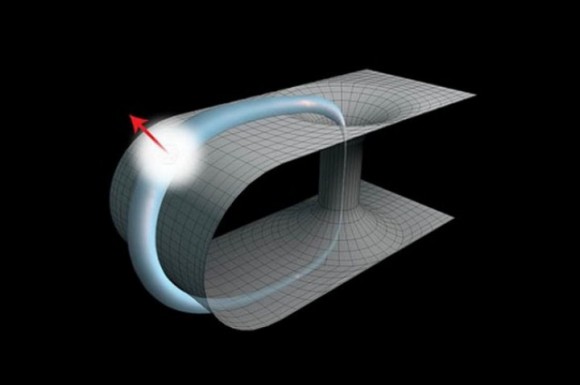Australian physicists have demonstrated the feasibility of time travel.
Researchers from the University of Queensland have simulated quantum particles traveling through time using individual light particles known as photons. Modern research with potentially significant outcomes!
Modern research with potentially significant outcomes! The most recent edition of Nature Communications features their study, which is titled “Experimental modeling of closed time-like curves.”

According to the grandfather paradox, if a person traveled back in time, he may unintentionally prevent his grandparents from getting together, preventing him from ever being born. However, he wouldn’t have been able to go across time at all if he hadn’t been born.
The paradoxes are mostly due to Einstein’s theory of relativity and its Godel metric solution. Why does relativity function? General relativity and special relativity are the two components of Einstein’s theory of relativity. According to special relativity, time may slow down or speed up depending on how quickly you are travelling in relation to other objects. This concept is known as the “space-time continuum,” and it states that space and time are both components of it.
Einstein’s general relativity theory predicts that traveling down a space-time route, which is a closed time-line curve that returns to the beginning place in space but at a later time, would allow one to travel back in time. In 1991, it was believed that some of the issues brought on by Einstein’s theory of relativity may be resolved by quantum mechanics. This is due to the fact that quantum particles nearly seem to defy the laws of physics.

“Einstein’s theory of general relativity and quantum mechanics, two of the strongest scientific theories we know but which disagree with one another, cross when it comes to the topic of time travel. The world on a very big scale, such as stars and galaxies, is described by Einstein’s theory. On the other hand, quantum mechanics provides a fantastic technique to explain the world at a very small scale, such atoms and molecules. The lead author of the article, Martin Ringbauer, a PhD candidate at the School of Mathematics and Physics at the University of Queensland, said this.
The scientists sought to simulate how two photons would behave when they came into touch with each other in two different scenarios. In the first instance, a photon communicated with an earlier version of itself after passing through a wormhole. In the second scenario, a photon interacts with a second photon that is eternally trapped inside a closed time-line curve while moving through regular space-time.
Professor Timothy Ralph, who was also a co-author on the research, argued that since quantum particles already have “fuzzy” or ambiguous features, this allows them ample leeway to prevent illogical time travel scenarios. Small quantum particles have been utilized to mimic time travel, but it may not be able to do the same with larger particles or atoms, which are collections of particles. “Our research reveals where and how nature could function differently from what our theories indicate it should,”
Do not forget to share your opinion with us to provide you with the best posts !



0 Comments